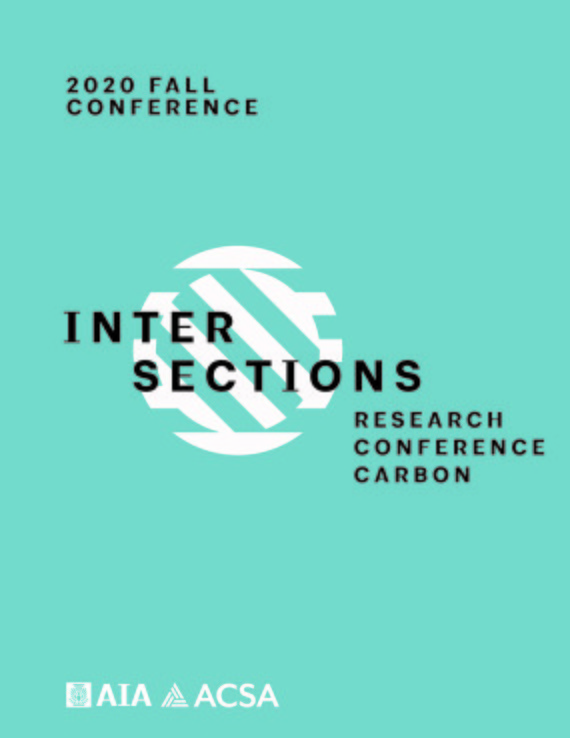Author(s): Oswald Jenewein
This paper summarizes parts of an interdisciplinary research and design project on climate adaptation strategies on the scale of architecture and the city within the case-study territory of Corpus Christi Bay in South Texas. In particular, this paper assesses the challenges of the emerging process of re-industrialization along the Texas Coast, highlighting significant impacts of industrial growth on the city landscape of Downtown Corpus Christi, which is located directly adjacent to the industrial oil port. A proposed masterplan is shown in this paper to demonstrate how responsive design strategies may benefit post-oil city-landscapes in the age of anthropo- genic climate change. The emphasis is storm-water and flood mitigation, walkability, alternative transportation, and urban place-making in response to community input related to the United Nations Sustainable Development Goals (SDGs) and the AIA Framework for Designing for Equitable Communities. Methodologically, this project builds upon a mixed-methods approach. It includes qualitative and quantitative data gathered through Participatory Action Research, a successful tool to connect the research team and students to local communities, stakeholders, and constituents. The paper suggests that this era of re-industrialization needs to be seen as a transformative process that enables the aging city landscape to adapt to both changing ecological conditions and the time after this late oil boom. Urban identity, socio-economic diversity, and healthy conditions for urban ecosystems are essential parameters to inform the development of comprehensive strategies for the built environment. The responsive design strategies shown in this paper pro- pose the implementation of an infrastructural landscape addressing these challenges. The central element of the masterplan is a canal that serves multiple purposes, including disaster preparation and response infrastructure, storm-water management, and alternative transportation for inner-city and city-to-city connections, has been developed to adapt Downtown Corpus Christi to the projected ecological changes.
https://doi.org/10.35483/ACSA.AIA.FallInterCarbon.20.4
Volume Editors
Corey T. Griffin & Erica Cochran Hameen
ISBN
978-1-944214-35-7

 Study Architecture
Study Architecture  ProPEL
ProPEL 
